Malocclusion means the teeth are not aligned properly.
Causes
Occlusion refers to the alignment of teeth and the way that the upper and lower teeth fit together (bite). The upper teeth should fit slightly over the lower teeth. The points of the molars should fit the grooves of the opposite molar.
The upper teeth keep the cheeks and lips from being bitten and the lower teeth protect the tongue.
Malocclusion is most often hereditary. This mean the condition is passed down through families. It may be caused by a difference between the size of the upper and lower jaws or between jaw and tooth size, which results in overcrowding or abnormal bite patterns. The shape of the jaws or birth defects such as cleft lip and palate may also be reasons for malocclusion.
Other causes include:
• Childhood habits such as thumb sucking, tongue thrusting, pacifier use beyond age 3, and prolonged use of a bottle

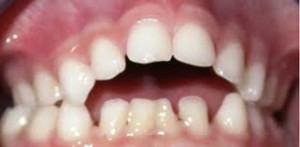
• Extra teeth, lost teeth, impacted teeth, or abnormally shaped teeth
• Ill-fitting dental fillings, crowns, appliances, retainers, or braces
• Misalignment of jaw fractures after a severe injury
• Tumors of the mouth and jaw
Symptoms
• Abnormal alignment of teeth
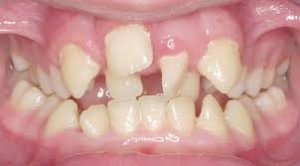
• Abnormal appearance of the face
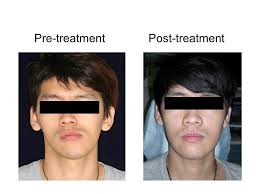
• Difficulty or discomfort when biting or chewing
• Speech difficulties (rare), including lisp
• Mouth breathing (breathing through the mouth without closing the lips)
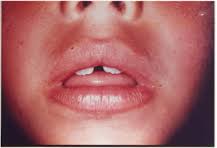
Exams and Tests
Most problems with teeth alignment are discovered by a dentist during a routine exam. If there is any problem, the dentist may refer you to an orthodontist for diagnosis and treatment.
You may need to have dental x-rays, head or skull x-rays, or facial x-rays. Diagnostic models of the teeth are often needed to diagnose the problem.
Treatment
Very few people have perfect teeth alignment. However, most problems are minor and do not require treatment.
Malocclusion is the most common reason for referral to an orthodontist.
The goal of treatment is to correct the positioning of the teeth. Correcting moderate or severe malocclusion can:
• Make teeth are easier to clean and decrease risk of tooth decay and periodontal diseases (gingivitis or periodontitis).

• Eliminate strain on the teeth, jaws, and muscles. This lessens the risk of breaking a tooth and may reduce symptoms of temporomandibular joint disorders.
Treatments may include:
• Braces or other appliances: Metal bands are placed around some teeth, or metal, ceramic, or plastic bonds are attached to the surface of the teeth. Wires or springs apply force to the teeth. Clear braces (aligners) without wires may be used in some patients.
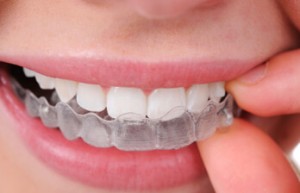
• Removal of one or more teeth: This may be needed if overcrowding is part of the problem.
• Repair of rough or irregular teeth: Teeth may be adjusted down, reshaped, and bonded or capped. Misshapen restorations and dental appliances should be repaired.
• Surgery: Surgical reshaping to lengthen or shorten the jaw (orthognathic surgery) is needed in rare cases. Wires, plates, or screws may be used to stabilize the jaw bone.
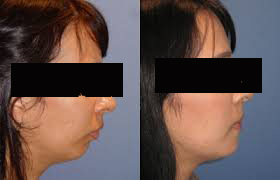
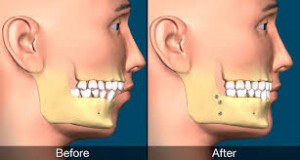
It is important to brush and floss your teeth every day and have regular visits to a general dentist. Plaque builds up on braces and may permanently mark teeth or cause tooth decay if not properly cared for.
You will need a retainer to stabilize your teeth after having braces.
Prognosis
Problems with teeth alignment are easier, quicker, and less expensive to treat when they are corrected early. Treatment is works best in children and adolescents because the bone is still soft and teeth are moved more easily. Treatment may last 6 months to 2 or more years. The time will depend on how much correction is needed.
Treatment of orthodontic disorders in adults is often successful, but may require longer use of braces or other devices.
Possible Complications
• Tooth decay
• Discomfort during treatment
• Irritation of mouth and gums (gingivitis) caused by appliances
• Chewing or speaking difficulty during treatment
